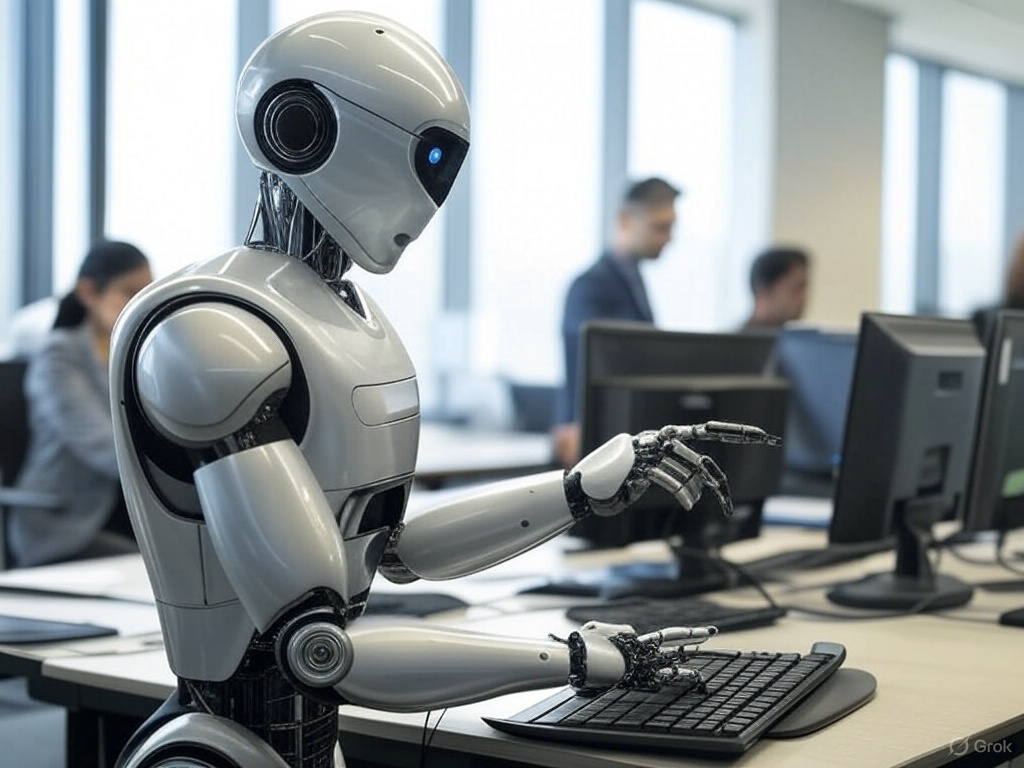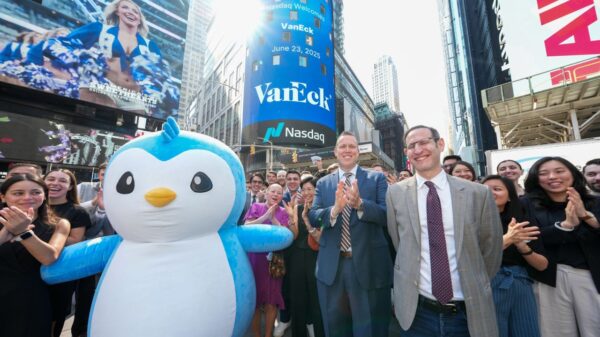There may be some hope on the horizon for companies looking to adopt artificial intelligence.
A study presented at the European Central Bank in April indicated that if a company can survive the tumultuous times directly after the implementation of AI, the technology will help it thrive going forward.
The authors, using data from the U.S. Census Bureau and surveys from 2017 to 2021, found that early AI adopters in the manufacturing sector experienced a productivity decline after replacing human workers with robots.
Their findings challenge the prevailing narrative that AI enhances productivity and augments jobs rather than replacing them.
“In the short term, we see a lot of pain,” said Kristina McElheran, one of the paper’s authors.
She attributed the initial productivity decline to AI disrupting manufacturers’ established practices, such as maintaining low inventories. However, over time, companies that adapted to these changes saw improvements across the board. These developments subsequently included higher sales growth, increased productivity, and job expansion—provided they survived the initial transition.
“Surviving this seems like part of the problem,” said McElheran, a researcher at the University of Toronto.
Furthermore, she noted that older, typically larger companies struggled to adapt and generally did not experience the same rebound.
McElheran and her colleagues analyzed a sample of 30,000 firms, where AI adoption increased from 7.5 per cent to 9.1 per cent during the study period.
Earlier in the conference, ECB President Christine Lagarde said AI affected 23 to 29 per cent of European workers. However, she argued this did not signal a “job apocalypse” since new roles would likely emerge as old ones disappeared.
Read more: Ohio hospital wants to know if AI is better at lung cancer detection than radiologists
Read more: Qure.ai’s qXR software helps provide Scottish woman with lung cancer diagnosis
Artificial intelligence could eliminate up to 200,000 jobs in banking in 5 years
Artificial intelligence is expected to displace certain jobs. However, it is also anticipated to create new roles. A few example fields where jobs will flourish include technology development, data analysis, and AI system management. Furthermore, the net impact on employment will depend on various factors, including the pace of AI adoption, economic conditions, and the effectiveness of workforce retraining programs.
For example, artificial intelligence could eliminate up to 200,000 jobs in global banks over the next five years, according to a report by Bloomberg Intelligence (BI).
Chief information and technology officers surveyed for the report predicted AI advancements would reduce the workforce by an average of 3 per cent. Tomasz Noetzel, a senior BI analyst, identified back-office, middle-office, and operational roles as the most at risk. He also noted that AI could automate customer service and compliance tasks, including know-your-customer (KYC) duties.
“Any jobs involving routine, repetitive tasks are at risk,” Noetzel said.
.













